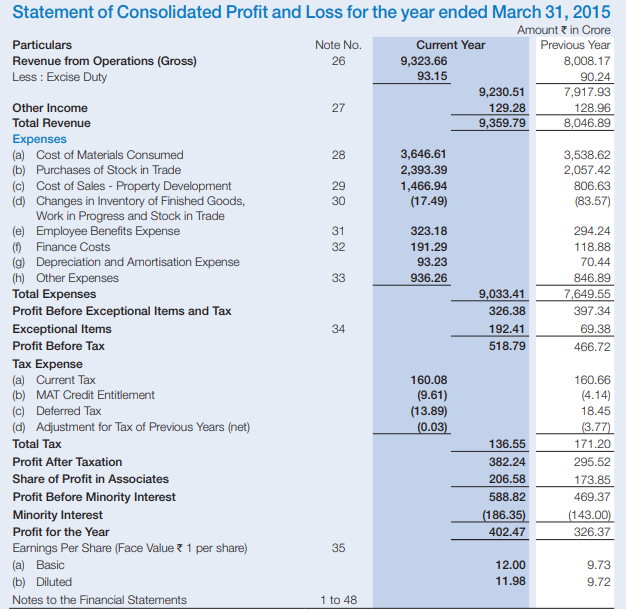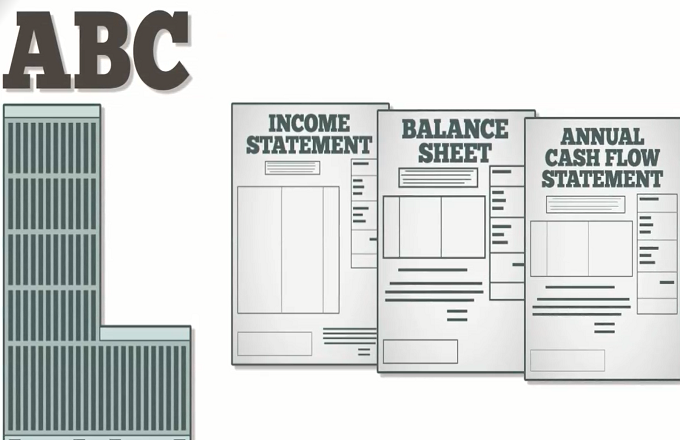Exemplary Consolidated Results Meaning

Consolidation accounting is the process of combining the financial results of several subsidiary companies into the combined financial results of the parent company.
Consolidated results meaning. In the context of financial accounting consolidation refers to the aggregation of financial statements of a group company as consolidated financial statements. Standalone shows the financial performance of a company as a single entity. In business consolidation or amalgamation is the merger and acquisition of many smaller companies into a few much larger ones.
IFRS 10 outlines the requirements for the preparation and presentation of consolidated financial statements requiring entities to consolidate entities it controls. Consolidated financial statements are the financial statements of a group in which the assets liabilities equity income expenses and cash flows of the parent company and its subsidiaries are presented as those of a single economic entity according to International Accounting Standard 27 Consolidated and separate financial statements and International Financial. Consolidated Sales means for any period except as expressly provided herein the total sales of the Company and its Subsidiaries calculated on a consolidated basis for the then most recent fiscal quarter for which financial statements are publicly available in accordance with Agreement Accounting Principles.
The final financial reporting statements remain the same in the balance sheet income statement. In the context of financial accounting the term consolidate often. Meaning pronunciation translations and examples.
The total assets and liabilities under the control of the parent. Results for meaning consolidated translation from English to Malay. The results arising from this control.
Lets take a real example to understand this better. Consolidated financial statements report the aggregate reporting results of separate legal entities. Consolidated financial statements provide important information by summarising.
This method is typically used when a parent entity owns more than 50 of the shares of another entity. IFRS 10 was issued in May 2011 and applies to annual periods beginning on or after 1 January 2013. Consolidated results reflect a true financial position and they provide a picture of the overall health of an entire group.











:max_bytes(150000):strip_icc()/dotdash_Final_Financial_Statements_Aug_2020-02-6a82acc4cf2d4434a77899c09d49e737.jpg)

/dotdash_Final_Financial_Statements_Aug_2020-01-3998c75d45bb4811ad235ef4eaf17593.jpg)